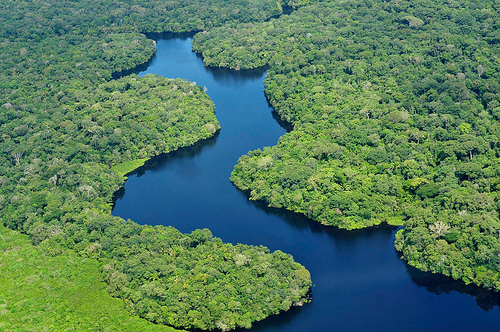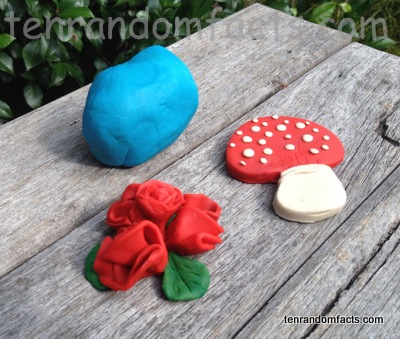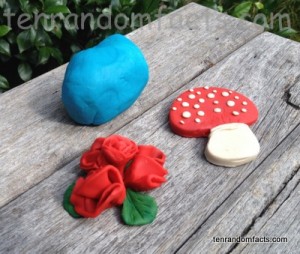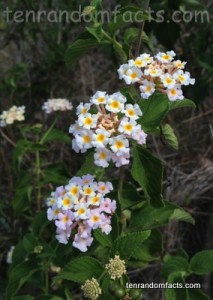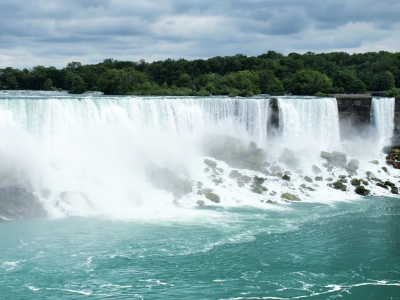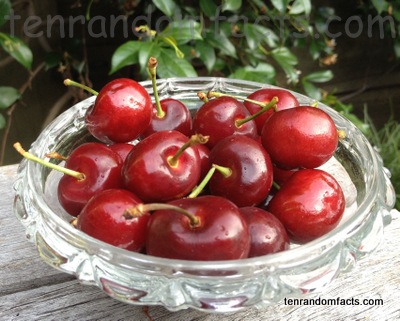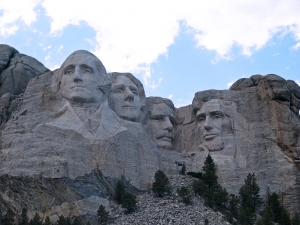
A sculpture in a mountain!
- Mount Rushmore is in South Dakota, United States of America, and is controlled by the United States National Park Service.
- Mount Rushmore National Memorial is a sculpture carved in the side of the granite mountain, Mount Rushmore.
- The Mount Rushmore sculpture depicts four US president heads – George Washington, Thomas Jefferson, Theodore Roosevelt and Abraham Lincoln.
- Mount Rushmore National Memorial was carved in 1927-1941 by Gutzon Borglum, a notable sculptor, and a team of 400 workers.
- Mount Rushmore’s carved heads are 18 meters (60 feet) high and make up the largest sculpture ever carved.
Mount Rushmore National Memorial
Image courtesy of Stock.Xching
- The Mount Rushmore sculptor, Gutzon Borglum, made plaster models that were one twelfth the size of the finished sculpture so that the workers had a guide to follow.
- Dynamite was used to carve 90% of the Mount Rushmore heads.
- Around 3 million people visit Mount Rushmore every year.
- After approximately two year’s work on the sculpted Thomas Jefferson, bad cracking was found in the granite, so Jefferson was removed and restarted on the other side of Washington.
- Each day during construction, the Mount Rushmore workers had to climb 700 stairs before they could start work.




